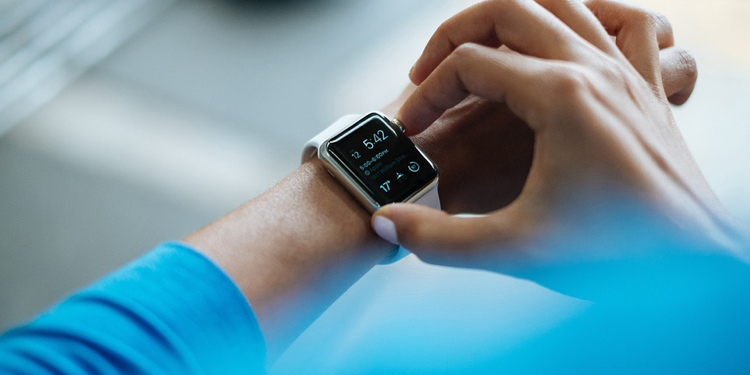When we typically think of patient monitoring, what usually comes to mind is the image of a person in a medical setting being evaluated with help of a machine. Today with wearable technologies and patient monitoring devices (PMDs), individual health can be collected and analyzed without even having to leave the comfort of your home. Wearable devices are technology infused devices that can be worn on the human body in the form of smart wristbands, watches, shoes, shirts, caps, necklaces, headbands, eyeglasses, etc.
Wearable medical devices are aided by the Internet of Things (IoT) which allows smart devices to communicate with each other to gather and record patient data remotely for medical professionals. Some of the many benefits to using wearable technology for both patients and medical providers include reduced costs, easier accessibility to medical records, and better outcomes.
Reduced Costs
Wearable technologies are one way the healthcare industry is tackling the global rise in the cost of healthcare services. As wearable medical devices allow the patient to be monitored remotely using IoT, there is no need for them to physically be in a medical health setting. This leads to a reduction in workload for healthcare professionals and means a shortage of staff will not affect the checkup of patients.
Patients also benefit from cost savings by wearing vital tracking devices which alert doctors to adverse events in real time and help prevent complications and costs associated with them. In fact some countries are offering incentives to patients who use wearable technology. In the United States, the Affordable Care Act includes a provision where employers can offer wellness incentives to their employees (paid for by insurers) if they agree to wear a fitness tracker or pedometer to record their activity.
Easier Accessibility to Medical Records
In a medical setting, often the operation and recording of information gathered from various medical devices can take a lot of time and are prone to errors on behalf of caregivers. Now with IoT and wearable devices, a patient’s data can be transmitted through Electronic Health Record systems automatically, increasing the accuracy of the data and allowing for healthcare providers to focus more attention on providing care.
Better Outcomes
One benefit of wearable technologies is that patients are given greater control and insight over their own health outcomes than ever before. With thousands of wearable devices available for individuals with health issues like diabetes, high blood pressure, and heart conditions, people can now be closely monitored in real time and can be used to alert medical professionals to possible health concerns before they intensify. Better engagement and knowledge of one’s own personal health can lead to potentially better overall health outcomes.
Conclusion:
With the global concerns over the future of healthcare rising, the revolutionary development of wearable technologies are sure to continue to have a large impact on modern day healthcare innovation. With its ability to reduce medical costs, provide easier access to health records, and create better overall outcomes, it seems wearable devices using IoT may be the solution the industry is searching for.
Tradebox Media are an award-winning software development agency based in Cardiff, UK.

